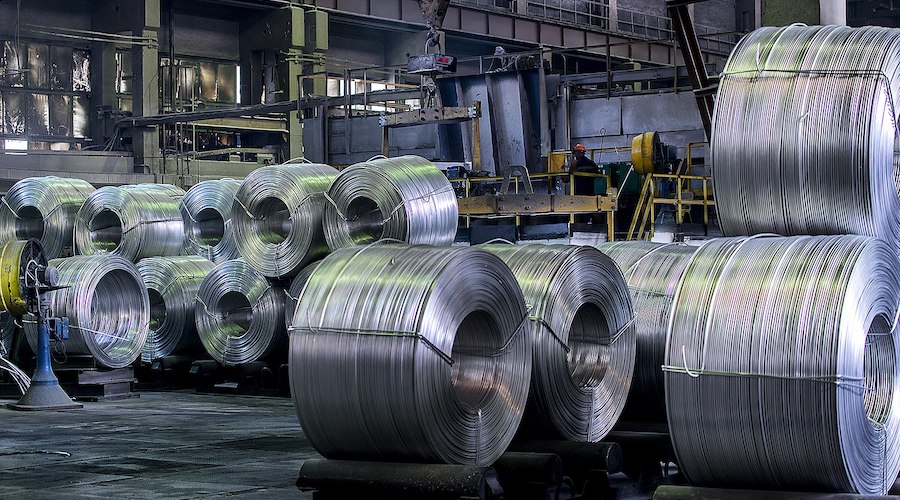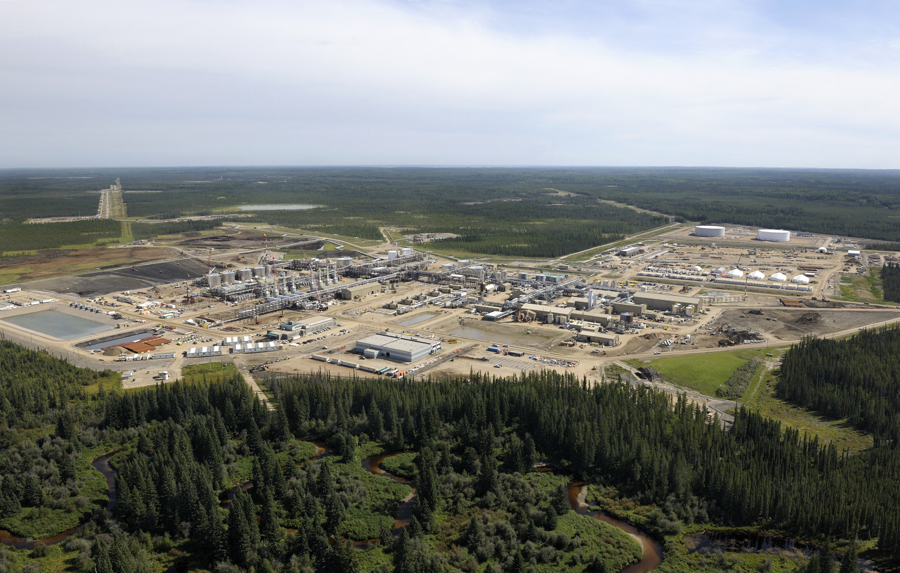Column: Aluminum producers feel the margin pain as price slumps

(The opinions expressed here are those of the author, Andy Home, a columnist for Reuters.)
Aluminum producers are facing a hard landing after the bonanza pricing seen in the first half of 2022.
US producer Alcoa reported an average realized price on third-party sales of $3,864 per tonne in the second quarter, compared with $2,753 in the same period of last year. Shareholders will reap the benefits of the revenue boost with a $500 million share buy-back.
Time, however, has already been called on the aluminum party.
The London Metal Exchange (LME) three-month aluminum price has collapsed from an all-time high of $4,073.50 per tonne in March to a current $2,450.00.
Fear of recession is now the dominant theme in industrial metals as surging energy prices translate into manufacturing slowdown.
High power pricing spells particular trouble for aluminum operators, given the energy-intensive nature of the smelting process. The resulting margin squeeze is already taking an increasing toll on production.
European meltdown
The hardest hit so far has been European smelters.
Western European production of primary aluminum fell by 11.5% to 1.483 million tonnes in the first half of the year, according to the International Aluminium Institute (IAI).
Annualized production has fallen below the 3.0 million level for the first time this century.
European smelters find themselves in the eye of the energy storm that has broken since Russia launched what it calls its “special military operation” in Ukraine.
Alcoa has suspended its 228,000-tonne per year Spanish plant and others are flexing run rates as they navigate super-high power prices.

Montenegro’s smaller Podgorica smelter has also been shuttered with other Eastern European operators such as Romania’s Alro Group ALR.BX and Slovakia’s Slovalco idling capacity.
It’s worth noting that production in the IAI’s Eastern European category, which includes all these countries, was down by just 1.4% in the first half of the year.
The intriguing inference is that Russia’s Rusal may be raising production. Its products have not been sanctioned, although Australia’s ban on exports of alumina to the country has disrupted its raw material supply chain. Rusal has not released production figures for this year.
Alumina hits
European smelter pain is now extending further upstream to alumina refining.
Romania’s Alro Group, which has idled 132,500 tonnes of primary aluminum capacity, is now closing its alumina plant also due to soaring power costs.
Alcoa is reducing output at its San Ciprian refinery in Spain for the same reason. Natural gas costs have risen from around $45 per tonne of alumina produced in early 2021 to more than $215 in the second quarter of 2022, the company said.
The plant, which has an annual capacity of 1.5 million tonnes of intermediate product, has reduced output by 15%.
There is no sign of any imminent relief from the power crunch.
The entire forward power price structure in Germany, to take just one example, has moved exponentially higher with spot pricing, posing a structural problem for any smelter without a captive power source.
US smelter powers down
The margin squeeze has spread to the United States.
Century Aluminium is idling its Hawesville smelter for “approximately nine to twelve months” after the power cost to operate the plant “more than tripled the historical average in a very short period”.
Century boasts that its Kentucky facility is the largest North American producer of military-grade aluminum. Hawesville’s special status played an important role in the Trump Administration’s use of Section 232 national security provisions to impose import duties on primary aluminum in 2018.
Tariff protection has not been sufficient to withstand the impact of the energy hit.
Alcoa is also idling one of three lines at its Warrick smelter in Indiana, citing “operational challenges, which stem from workforce shortages in the region”.
Offsetting the impact on regional supply will be the full phased return of Canada’s Kitimat smelter after a protracted strike last year.
But North American aluminum production, down by 4.6% so far this year, is likely to do no more than stabilize around current low levels.
China still powering up
China’s aluminum production is currently rebounding as smelters recover from last year’s aggressive energy efficiency targets, now modified after the resulting rolling power crunch.
The country’s annualized run rate has accelerated by almost four million tonnes to 40.6 million tonnes so far this year.
Here too, though, the margin pressure is on.
The recent precipitous price collapse means that around half of China’s capacity is now operating at a cash cost below the current metal price, according to AZ Global Consulting.
But don’t expect immediate curtailments. China’s smelters have a long history of toughing out periods of low prices with some cushioned by their relationship with regional governments.
A more likely reaction is a slowdown of new capacity coming on line.
There are signs, according to AZ Global, that investors are already growing cautious with projects slated to start this year pushed back until 2023.
Power pinch
The availability of cheap power has always shaped the aluminum smelting landscape, but that reliance on continuous electricity to process alumina into metal is now becoming ever more acute.
It’s not just the massive short-term impact of Russia’s invasion of Ukraine on all fossil-fuel markets. It’s also about the bigger global drive toward renewable energy, which requires massive changes in grid structure and efficiency, as Chinese smelters found out to their cost in 2021.
The longer-term headache of securing low-priced power in a structurally-challenged energy market isn’t going away.
But right now the energy crisis spreading out of Europe is already acting as a major brake on global aluminum production.
Despite China’s collective ramp-up, global primary metal output was still 0.1% lower year-on-year in the first six months of 2022.
(Editing by Kirsten Donovan)
{{ commodity.name }}
{{ post.title }}
{{ post.date }}

Comments